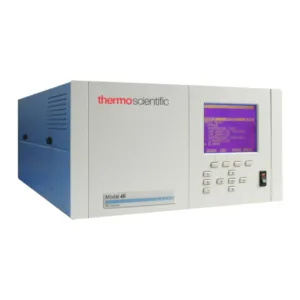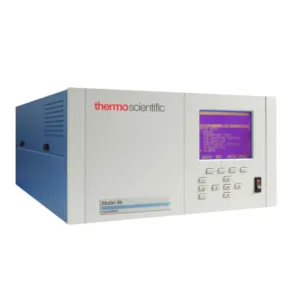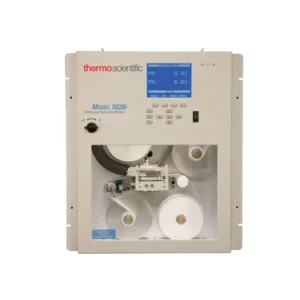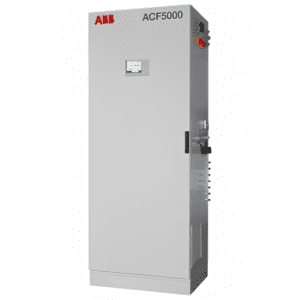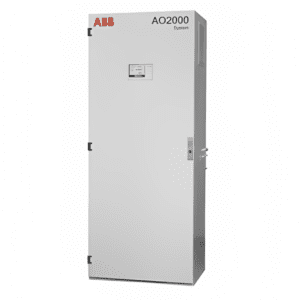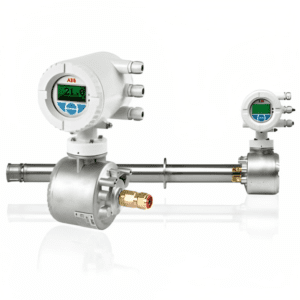Continuous Emission Monitoring System (CEMS)
Continuous Emission Monitoring System

A Continuous Emission Monitoring System (CEMS) plays a crucial role in environmental protection and regulatory compliance by providing real-time and accurate data on the emission levels of pollutants released into the atmosphere. This sophisticated monitoring system is employed by industries that emit gases and particulate matter into the air, such as power plants, manufacturing facilities, and refineries.
CEMS consists of a network of sensors and analyzers strategically placed in key locations within a facility to continuously measure and record emissions. The system monitors various pollutants, including sulfur dioxide (SO2), nitrogen oxides (NOx), carbon monoxide (CO), particulate matter, and volatile organic compounds (VOCs). By collecting data in real time, CEMS enables prompt detection of any deviations from allowable emission limits, allowing operators to take immediate corrective actions.
One of the primary benefits of CEMS is its ability to enhance environmental compliance by ensuring that industries adhere to regulatory standards and emission limits set by environmental authorities. It provides transparency in emissions reporting, aiding in the prevention of environmental pollution and mitigating the impact on air quality.
Moreover, CEMS contributes to the optimization of industrial processes by identifying areas where emissions can be reduced, leading to improved operational efficiency and cost savings. This not only benefits the environment but also aligns with the growing emphasis on sustainable and responsible business practices.
In summary, Continuous Emission Monitoring Systems play a pivotal role in promoting environmental stewardship, ensuring regulatory compliance, and fostering sustainable industrial practices by providing real-time data on emissions and facilitating proactive measures to reduce environmental impact.


